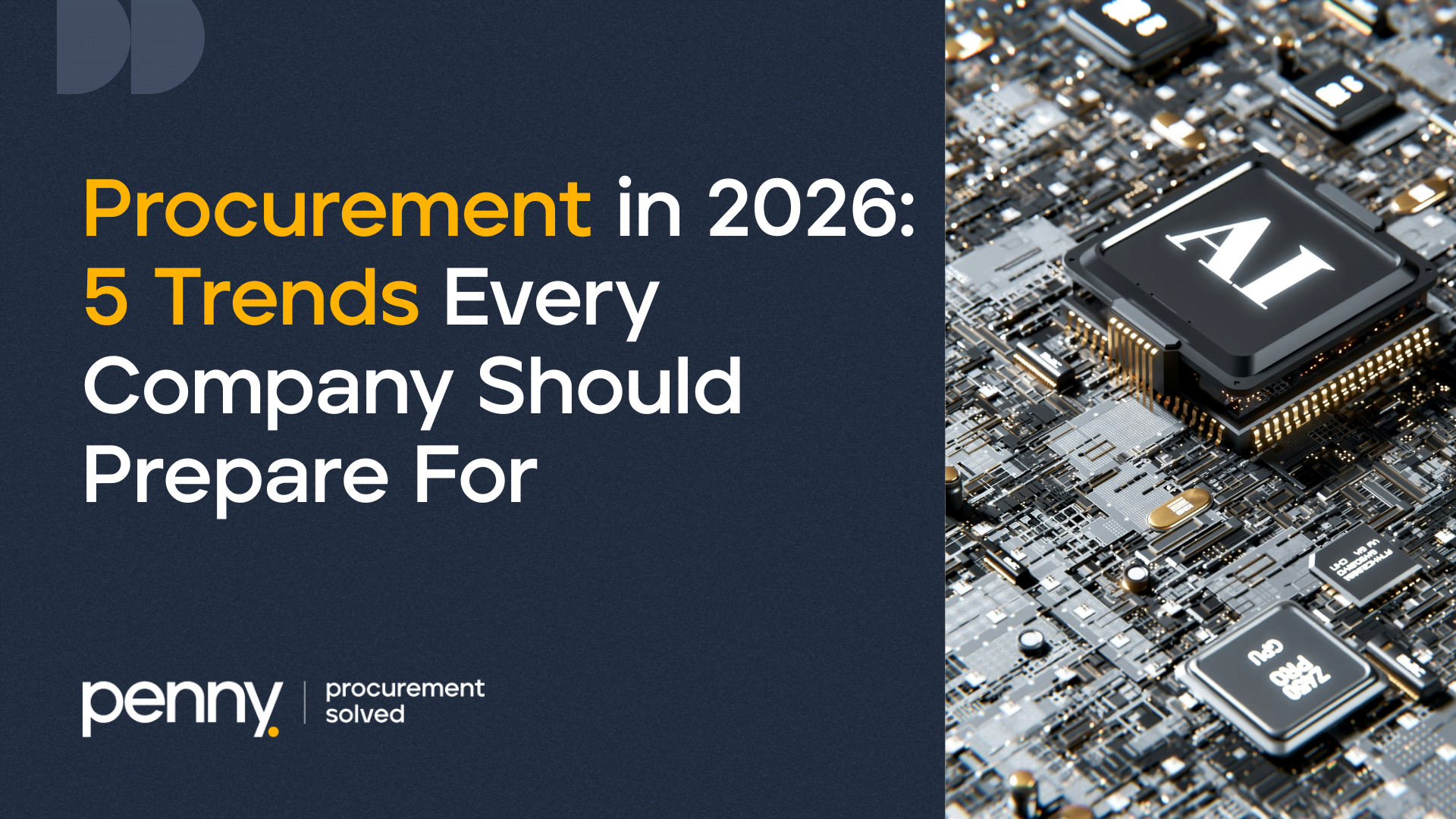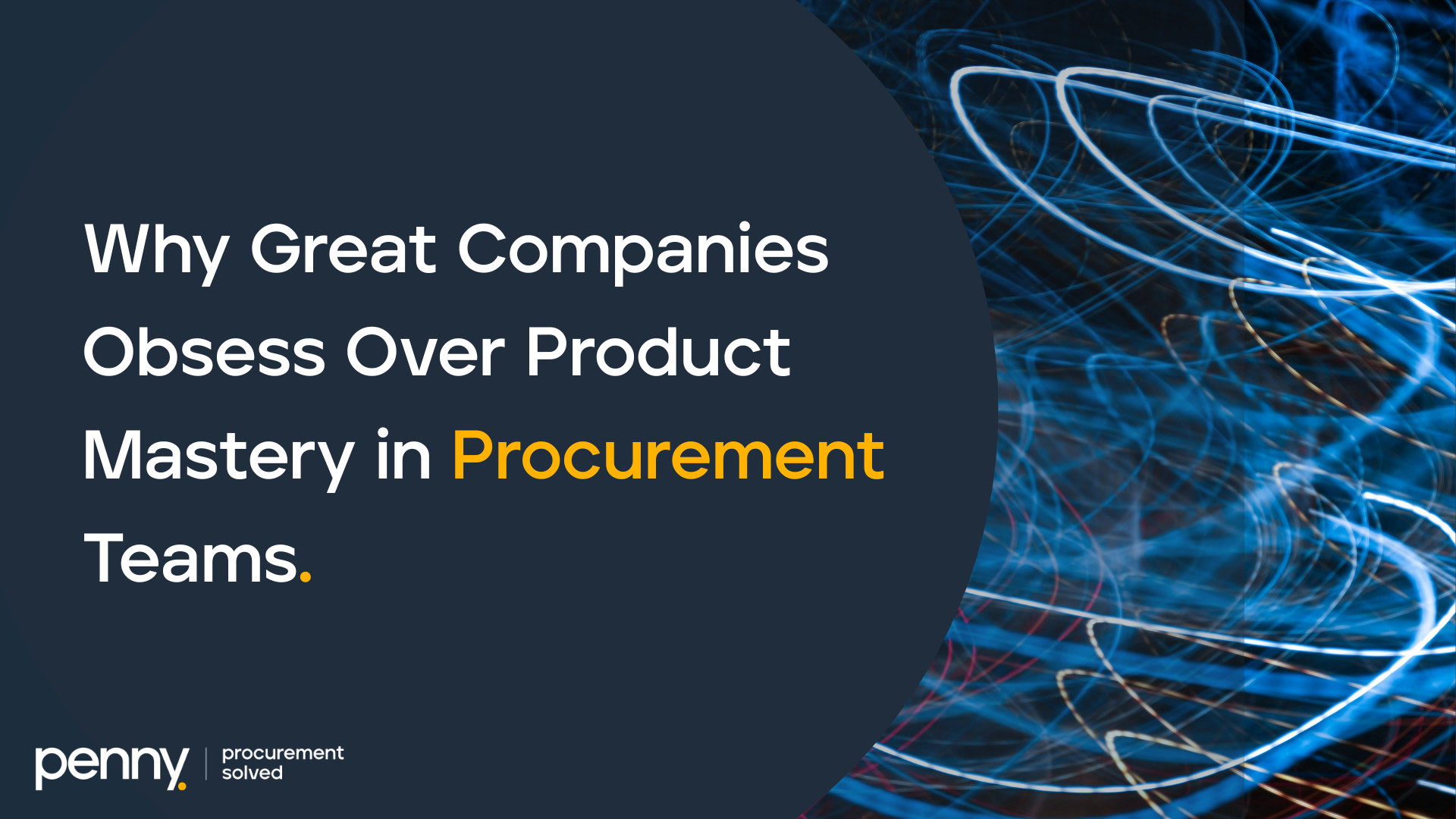
Procurement has transformed dramatically over the past decade. What was once seen as a transactional, back-office process is now recognized as a strategic function that drives cost savings, resilience, and even brand reputation. And as we move into 2026, the pace of change is only accelerating.
Companies that prepare for these shifts will thrive. Those that don’t risk falling behind competitors, paying higher costs, and exposing themselves to unnecessary risks.
Here are 5 major procurement trends that every company should be preparing for in 2026.
1. AI-Powered Decision Making Becomes the Norm
Artificial intelligence has moved from buzzword to reality in procurement. By 2026, procurement leaders will rely heavily on AI to:
- Analyze supplier performance in real time.
- Predict risks such as late deliveries or supplier defaults.
- Automate supplier matching and recommendation.
- Provide insights into spend optimization.
Instead of making reactive decisions based on static reports, procurement teams will make data-driven decisions instantly.
Example: A Penny customer used AI-driven analysis to predict supply shortages before they happened, allowing them to renegotiate contracts and save 12% in costs that would have otherwise been lost.
2. Supplier Diversity and ESG Take Center Stage
Sustainability, diversity, and ethics are no longer optional. Investors, customers, and regulators are demanding greater transparency into how companies source goods and services. By 2026, procurement will be judged not just on cost savings, but on how well it aligns with ESG (Environmental, Social, Governance) principles.
This means companies will need tools to:
- Track supplier sustainability metrics.
- Ensure ethical sourcing.
- Report on diversity and ESG goals with clear data.
Statistic: Gartner predicts that by 2026, 70% of companies will include ESG metrics in procurement scorecards for suppliers.
3. Manual Procurement Finally Ends
The days of managing procurement through paper, spreadsheets, and endless emails are numbered. Manual processes are too slow, too error-prone, and too costly for modern supply chains.
By 2026, e-procurement platforms will be the default. Automation will handle:
- RFQ distribution and collection.
- Approval workflows.
- Contract renewals and supplier communications.
This frees up procurement teams to focus on strategic initiatives rather than paperwork.
Example: Companies using Penny have cut RFQ cycle times from 14 days down to 5 days thanks to automation.
4. Risk Management Becomes the #1 Priority
The last few years have proven just how fragile global supply chains can be. From the pandemic to shipping bottlenecks to geopolitical conflicts, risks are everywhere.
In 2026, procurement will be as much about risk management as it is about cost savings. Teams will use real-time monitoring to assess:
- Supplier financial stability.
- Global shipping routes and delays.
- Currency fluctuations and trade restrictions.
- Local sourcing opportunities to reduce dependency.
Statistic: According to Deloitte, 79% of companies plan to increase investment in supply chain risk management tools by 2026.
5. E-Procurement Becomes Standard Practice
Digital procurement isn’t a “nice-to-have” anymore it’s a baseline requirement for doing business. Companies without modern procurement platforms will find themselves:
- Paying higher prices due to inefficiency.
- Struggling to scale with growth.
- Losing competitive bids due to slower processes.
By 2026, e-procurement will be as essential as having accounting software or a CRM system. Companies that fail to adopt will be left behind.
Why These Trends Matter for Every Business
Procurement is no longer just about cutting costs it’s about building resilience, accountability, and efficiency across the entire organization.
Leaders who embrace these trends will:
- Unlock measurable savings.
- Strengthen their supplier networks.
- Build trust with investors and customers.
- Reduce risk in uncertain markets.
How Penny Helps You Prepare for Procurement in 2026
Penny is already helping companies prepare for the future of procurement:
- AI-Powered Insights to analyze spend and predict risks.
- Supplier Diversity & ESG Tracking built into procurement workflows.
- Full Automation of RFQs, approvals, and contracts.
- Risk Monitoring to keep supply chains resilient.
- E-Procurement Standardization so companies can scale with confidence.
Result: Penny customers save 6.11% in direct costs and 27.5% in cost avoidance, while also positioning themselves for long-term success.
2026 is closer than you think. Companies that act now will stay ahead, while others scramble to catch up.
Book a personalized demo with Penny and see how your business can future-proof its procurement today.

